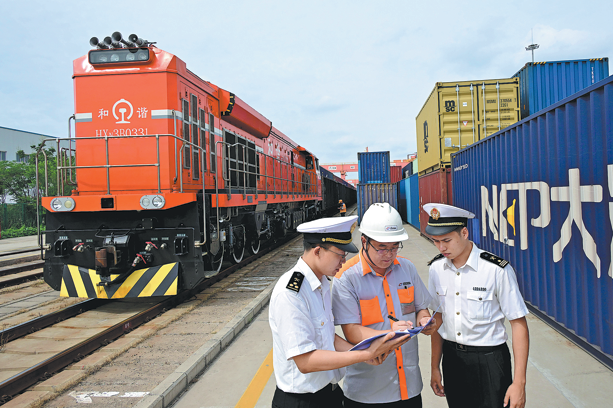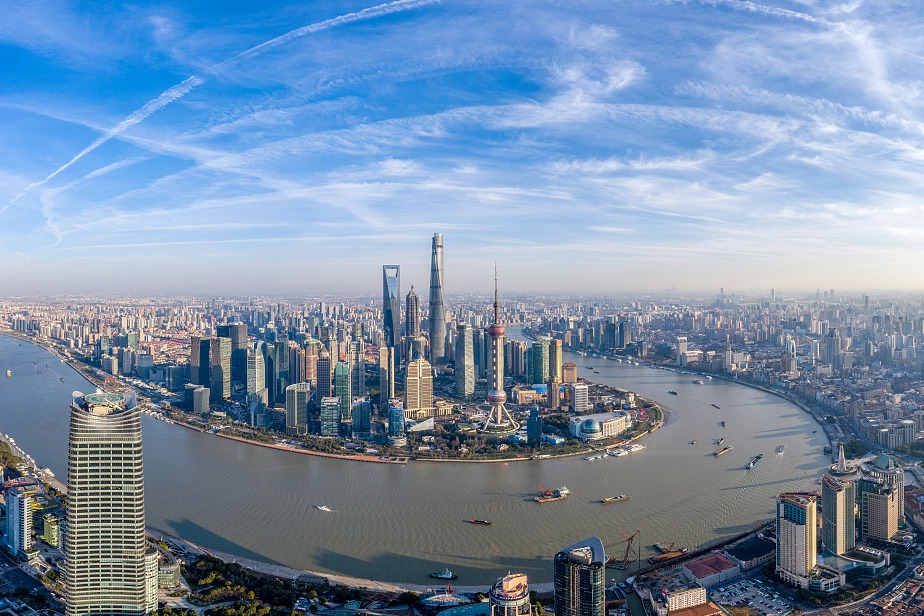Beginning of the miracle economy

WTO accession has proved what good reforms can do for China
China has achieved an economic miracle in the past 10 years. Annual gross domestic product (GDP) growth averaged 10.5 percent from 2001 to 2010, while inflation only averaged 2.2 percent.
Exports grew by 21.3 percent in this period from 15.4 percent in the 10 years before 2001, and international reserves have surpassed any other country in the world. The renminbi faced pressure to depreciate in 2001, while today it is an asset chased by international investors.
There is no doubt reforms led to this economic miracle, and accession to the World Trade Organization (WTO) was the most significant of them.
Indeed, growth in exports picked up quickly after China became a WTO member. Large multinational corporations moved their production bases to China's coastal regions. The country quickly became the largest exporter of not only textiles and apparel but also notebook computers and cell phones.
Millions of people migrated from inland provinces to coastal regions and changed from being farmers to workers in the manufacturing sector. The tremendous productivity gains in this process helped China to build and maintain a rapid boom without incurring high inflation.
The impact of WTO membership on China affected more than just trade and growth. It also fundamentally changed institutions in China. WTO accession worked as a commitment device for pushing reforms. The commitment to open up to foreign investments led to inflow of not only capital and technologies, but also of management skills and business practices. These helped to push China to reform its institutions and become a more market-oriented economy. In other words, WTO accession produced a domino effect on other reforms.
Ten years have passed since China joined the WTO. China again stands at a critical crossroad. The achievements of the past were great, but have or will become history. Dividends from past reforms have gradually subsided, as export growth has settled from an explosive burst to a more normal path. China's economic pace is likely to slow down in coming years due to structural factors such as demographic changes and weaker external demand.
What can China do to sustain high performance and avoid the "middle income trap"?
The answer lies in more reforms like WTO accession. China wants more improvements to productivity to sustain its development, and the only way to increase productivity is to push for further reforms.
There is still plenty of room for reform in China. Important parts of the service sector (banking, medical care, education, etc) are still very much closed to foreign and private investors. The government has made it clear that further privatization is necessary in service industries. More progress in this direction will certainly help China to improve its productivity.
One lesson from the WTO entry is that reforms are difficult as they inevitably change the rules of the game and hurt some interest groups. However, effective reform helps to promote the welfare of the nation and the majority of the people. Before China joined the WTO, there were widespread concerns about whether or not China would become the prey of foreign companies and domestic firms would be wiped out.
The actual outcome proves those worries were not warranted, as Chinese manufacturers have become competitive even by international standards, and Chinese consumers have benefited tremendously.
The WTO accession has proved what good reforms can do for China. China needs more reforms like the WTO accession to continue its economic miracle. Reforms are never easy and always face daunting opposition, but the potential benefits far outweigh the costs.
The author is chief economist for China at Nomura Securities.
(China Daily 12/09/2011 page7)
Today's Top News
- Commerce minister urges US to increase areas of cooperation
- Strong demand for China's sovereign bonds signals global confidence
- Ministry urges Japan to 'maintain self-respect'
- Li: Forge closer ties with Zambia
- China seeks follow-up actions on Nexperia
- Xi: Emulate Hu Yaobang's spirit, style






























